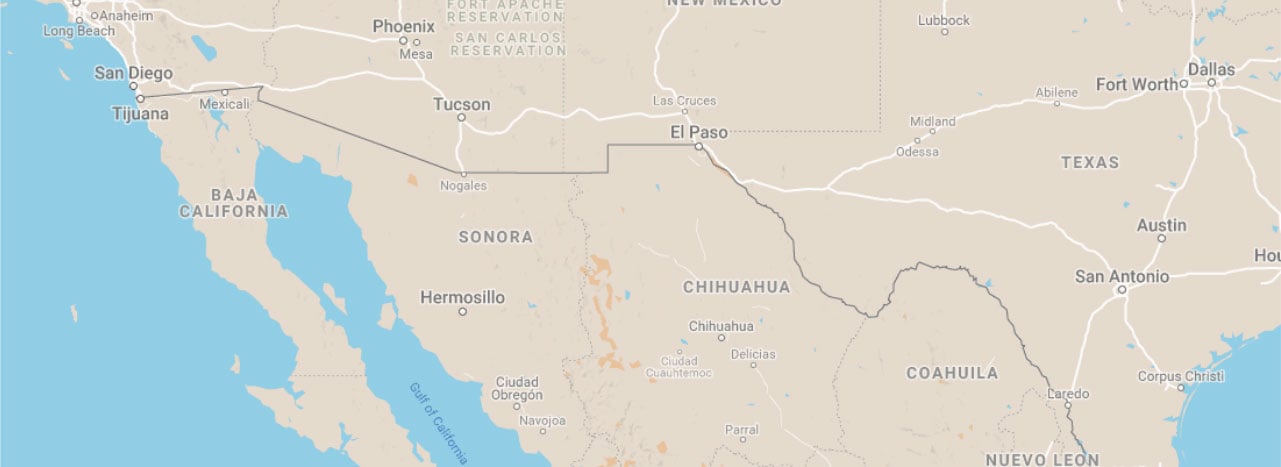Cd. Acuna, Coahuila, Mexico
Cd. Acuna, Coahuila, MexicoComprehensive Sewerage Collection and Treatment Systems Project for Ciudad Acuña, Coahuila
Project Status: Completed

General Information
Sector
Wastewater
Sponsor
Municipal water utility, SIMAS
Benefited population
113,194
Certification date
March 24, 2000
Financing
Project cost
US$59.55 million
NADBank Funds
US$1.88 million - loan; US$15.41 million - BEIF grant
Related documents
Background
In 1998, only 49% of the population of Ciudad Acuna had access to wastewater collection services. Population growth in the years prior to the project had outstripped the expansion of wastewater collection and treatment facilities. The rest of the population used latrines or septic tanks (without leach field technology) to dispose of raw sewage. The substandard design of the on-site systems posed a high risk of groundwater contamination. Moreover, the existing sewer system built in the 1960s had negative slopes and the infrastructure was deteriorated, while the ponds in the old treatment facility were clogged and no longer operational. These conditions allowed untreated wastewater to leach into nearby streams.
Project Scope
The project consisted of the construction, rehabilitation and expansion of the primary and secondary sewer mains and conveyance infrastructure, as well as the construction of a new wastewater treatment plant (WWTP) and was divided into three phases. Phase I covered the construction of the WWTP with a capacity to treat up to 250 liters per second (5.7 million gallons a day) through a build-operate-transfer (BOT) contract, as well as the construction or rehabilitation of 240.5 km (149.4 miles) of sewer lines. Phase II included the construction or rehabilitation of 114 km (70.8 miles) of sewer lines. The final phase continued expansion of the collection system by installing 500.4 km (310.9 miles) of pipeline.
Benefits
With the implementation of this project, 100% of collected wastewater is now treated in compliance with regulatory requirements. Furthermore, the well-being of the local population has been enhanced by ensuring that the wastewater is adequately treated and preventing raw sewage from being discharged into the Rio Grande, thus improving the quality of the river water.